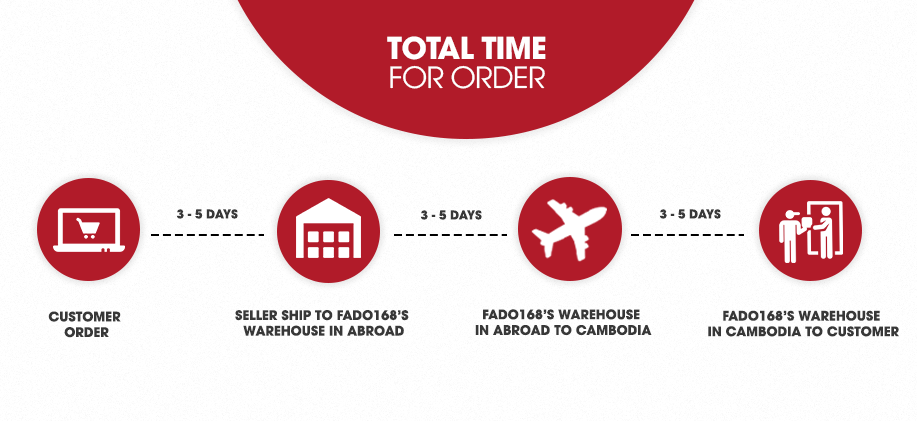Who Should Read This Book
Whether you are new to distributed systems or have been deploying cloud native systems for years, containers and Kubernetes can help you achieve new levels of velocity, agility, reliability, and efficiency. This book describes the Kubernetes cluster orchestrator and how its tools and APIs can be used to improve the development, delivery, security, and maintenance of distributed applications. Though no previous experience with Kubernetes is assumed, to make maximal use of the book, you should be comfortable building and deploying server-based applications. Familiarity with concepts like load balancers and network storage will be useful, though not required. Likewise, experience with Linux, Linux containers, and Docker, though not essential, will help you make the most of this book.
Why We Wrote This Book
We have been involved with Kubernetes since its very beginnings. It has been truly remarkable to watch it transform from a curiosity largely used in experiments to a crucial production-grade infrastructure that powers large-scale production applications in varied fields, from machine learning to online services. As this transition occurred, it became increasingly clear that a book that captured both how to use the core concepts in Kubernetes and the motivations behind the development of those concepts would be an important contribution to the state of cloud native application development. We hope that in reading this book, you not only learn how to build reliable, scalable applications on top of Kubernetes but also receive insight into the core challenges of distributed systems that led to its development.
Why We Updated This Book
The Kubernetes ecosystem has continued to grow and evolve since the first and second editions of this book. There have been many Kubernetes releases, and many more tools and patterns for using Kubernetes have become de facto standards. In the third edition, we focused on the addition of topics that have grown in interest in the Kubernetes ecosystem including security, accessing Kubernetes from programming languages, as well as multicluster application deployments. We also updated all of the existing chapters to reflect the changes and evolution in Kubernetes since the first and second editions. We fully expect to revise this book again in a few years (and look forward to doing so) as Kubernetes continues to evolve.
A Word on Cloud Native Applications Today
From the first programming languages, to object-oriented programming, to the development of virtualization and cloud infrastructure, the history of computer science is a history of the development of abstractions that hide complexity and empower you to build ever more sophisticated applications. Despite this, the development of reliable, scalable applications is still dramatically more challenging than it ought to be. In recent years, containers and container orchestration APIs like Kubernetes have proven to be an important abstraction that radically simplifies the development of reliable, scalable distributed systems. Containers and orchestrators enable developers to build and deploy applications with a speed, agility, and reliability that would have seemed like science fiction only a few years ago.


